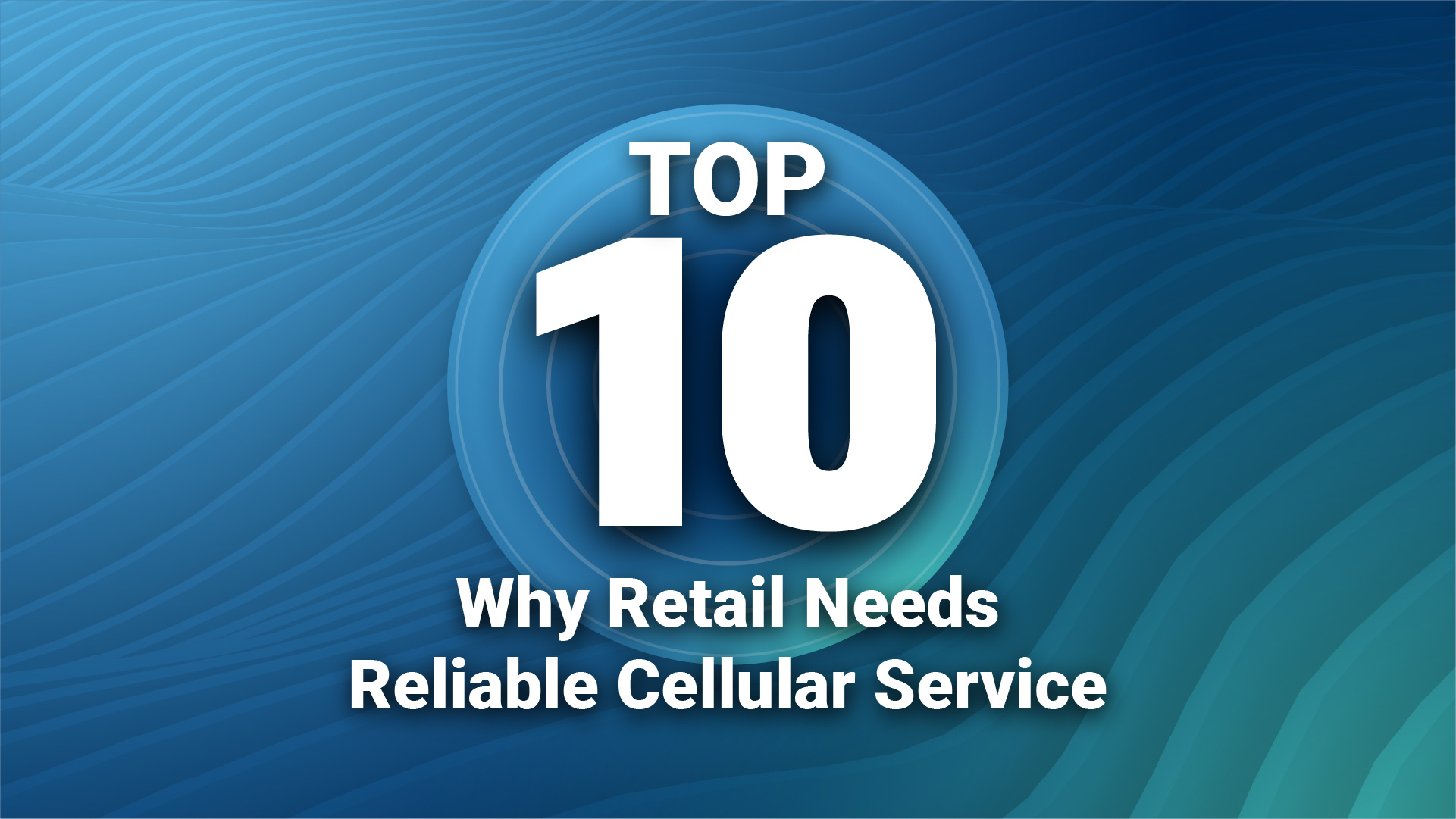With more tenants working from home, it is no longer optional to provide a strong cellular connection inside your multi-unit dwellings. In fact, it can put you at risk of high tenant turnover as the owners of one Arizona-based apartment complex found out.
The apartment complex, which consists of six buildings, housed students attending nearby Arizona State University as well as young professionals attracted to its proximity to the Tempe Marketplace, a hotspot for millennials. A lack of indoor coverage was leading to a high tenant turnover rate of the largely millennial renters, and those who did stay were not shy about voicing their displeasure—including online. With its reputation under attack, the owners of the complex had to quickly solve cellular signal problems in each of the buildings.
Building materials and location are often the culprits blocking cellular carriers’ macro signals, which in turn can create spotty coverage and/or dead zones in multi-unit buildings such as apartments and duplexes. In the case of the Arizona-based apartment complex, its stucco exterior coupled with its LEED certification made it impossible for cellular signals to penetrate the buildings. There was zero indoor coverage on the first two floors, and poor coverage on the two top levels. Boulder, CO-based Illuminati Labs was called in to provide indoor coverage for all four major carriers.
Illuminati Labs installed CEL-FI QUATRA, an active DAS hybrid that delivers uniform, in-building cellular coverage and specifically addresses the challenges of poor voice quality, dropped calls, and dead zones in enterprise buildings. All equipment was placed in common areas to avoid occupants tampering with units. In addition, category cabling was used to address the owners’ aesthetic concerns about retrofitting the building with cabling and devices. A five-man team was able to complete the installation in just three days.
“This demographic has grown up in a digital world. Their cell phones are their lifeline, so they need good coverage,” explains Adam Rubey, co-founder of Illuminati Labs. “If we failed to provide that, they would continue to look for alternative living arrangements and posting negative reviews about the building.”
Pandemic raised the stakes
With the COVID-19 pandemic, the stakes have been raised for reliable in-building cellular coverage since the good, old fashioned phone call has regained ground in both our professional and personal lives. More than ever, people can’t afford to miss “that call” as they rely on their cell phones for safety and to stay in contact with loved ones and colleagues.
In March 2020, Verizon said it was handling an average of 800 million wireless calls a day during the week, more than double the number made on Mother’s Day, typically its busiest day for phone calls. Calls are also getting longer, up 33 percent from an average day before the outbreak, according to Verizon. Dropped calls to family, friends, and work will only frustrate tenants.
“Before, tenants might have been okay with their indoor coverage since they weren’t home all the time, but now they could be home for 24 hours a day, and will realize their apartment has poor cellular coverage,” says Steve Klingensmith, president of Salem, North Carolina-based VAST Signal Booster Solutions. “Those with leases coming up for renewal are going to start to look to move elsewhere and go somewhere that provides a better cellular signal.”
No need to sit on the fence
If building owners don’t know how strong their in-building cellular signal is or what they need to increase signal strength, Klingensmith recommends an in-building walk test as a first step. In-building Walk Test Technology provides a visual guide into the wireless signal environment within a building and shows the areas of strong and weak coverage. It saves both time and money by knowing exactly which areas of a building need to be boosted and how much equipment is needed.
“The best way to determine your cell phone signal strength is to check your RAW signal strength. That’s why the walk test is extremely important. You’ll know that you’re not overspending and getting just what you need,” adds Klingensmith.
Social distancing concerns might also have building owners on the fence and unsure about what can be done about solving cellular coverage challenges now. But industry-leading solutions like CEL-FI QUATRA can be installed without entering individual tenants’ units or violating social distancing orders. CEL-FI QUATRA Network Units, the head ends of the system, and Coverage Units, the remote units that distribute a signal, can be installed in hallways to provide residents with excellent coverage for all four major carriers throughout a building – without anyone having to step through their apartment door.
What to look for in an in-building cellular connectivity solution
When evaluating solutions to improve cellular connections in your multi-dwelling buildings, it is also important to consider the following to ensure you and your tenants get the most out of your investment:
- Is the solution unconditionally network-safe?
- Does it offer an exceptional coverage footprint?
- And it is carrier approved for 3G/4G/LTE voice and data?
Poor cellular coverage in your buildings doesn’t have to cost you tenants, especially during such uncertain times. CEL-FI products can help you retain tenants by providing the most advanced technology for improving cellular coverage in the home, in the office, and on the road. Learn more about CEL-FI QUATRA from the whitepaper: CEL-FI QUATRA In-Building Enterprise Cellular System.
About the Author
Dean Richmond is the Senior Director of Marketing at Nextivity. Over the span of his career, he has developed strategies and launched products across the information technology and wireless product spectrum. Dean has built strategic partnerships between channel partners, operators, broadband providers, and brands such as Microsoft, Google, Intel, Sony, and Toshiba to grow business units successfully. For more information, contact [email protected] or visit www.CEL-FI-com
A version of this article was originally published by Connected Real Estate Magazine



